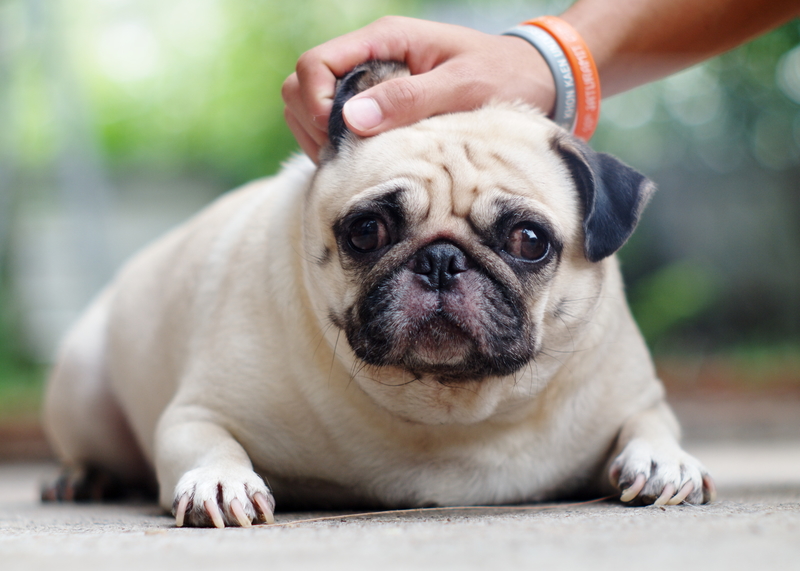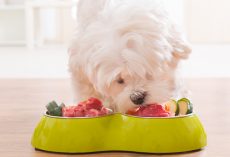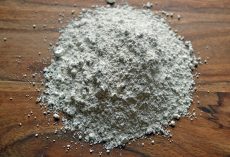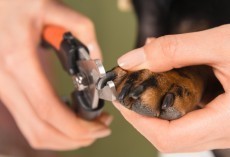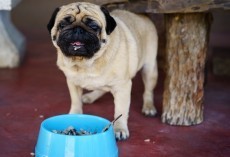Research shows that thirty to fifty percent of dogs that suffer from bloat, followed by a twisted stomach, do not survive. But how can you know for sure that your pup’s stomach is really bloated or twisted, rather than him simply getting too overweight?
Symptoms, treatment, and prevention of dog bloat
Symptoms of bloat in dogs range from the obvious, which is to say, an abnormally distended abdomen, to the strange, such as relentless and aimless pacing or walking around. Bloated dogs may also be seen trying to vomit with no positive results. That restless movement, if the case is growing worse or developing into GDV, may turn into listlessness, fatigue, and inaction. A further sign to watch out for, whether the dog won’t stop moving or won’t move at all, is labored breathing. As the bloat in dogs worsens, their heart may start racing and their gums turn pale. Any combination of these signs should send you and your pet scurrying to the nearest animal hospital.Treatment for bloat in dogs with GDV is risky and painful. If a bloated dog’s stomach is twisted, a veterinary surgeon must operate in order to restore function to the stomach at its entrance and exit points. Even if surgery is successful, a very high and troubling number of GDV cases recur, often necessitating another surgical procedure called gastropexy. This involves pinning the stomach to the wall of a dog’s abdomen so that is incapable of becoming twisted again. Some owners of dogs from high risk breeds have even wondered whether they should subject their pets to preemptive gastropexy to avoid twisted stomach altogether.
Risky preemptive surgeries aside, how can we prevent our dogs from becoming bloated and possibly developing GDV? For owners of at-risk breeds, the first and simplest approach is smaller regular meals, and keeping their food and water dishes on the ground. Dogs who crane their necks to the ground to eat have less chance of ingesting excess air along with their meals. A second easy tactic is to keep human food and table scraps out of a dog’s food. Food that a dog is unaccustomed to, or which is high in carbohydrates, is more likely to produce gas, and too much gas can lead to bloat.
To read more on this topic go to Dogster.
Even if your dog does not have a twisted stomach bloat is truly uncomfortable and can be serious. A pet parent needs to watch their pet’s diet and make sure that they exercise.
Even if it is merely throwing a toy about your home and/or apartment get your doggy moving! The alternative is heartbreaking and final.
